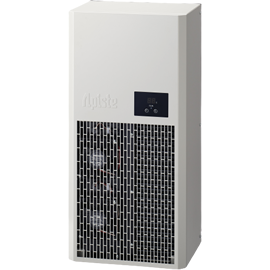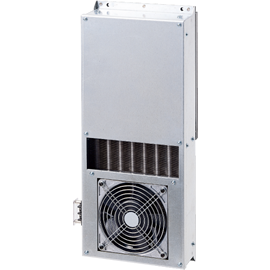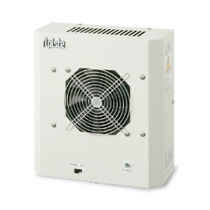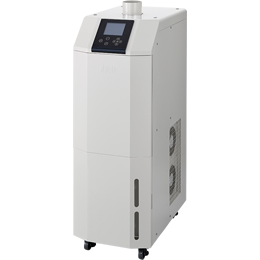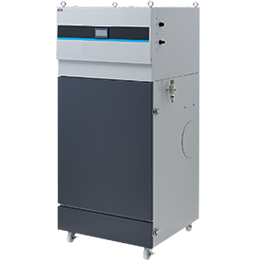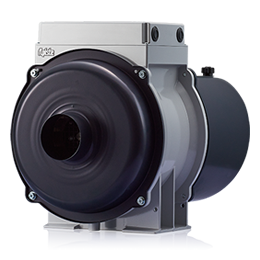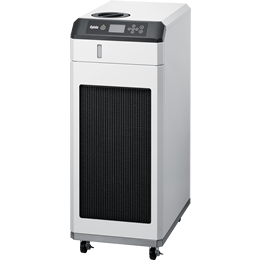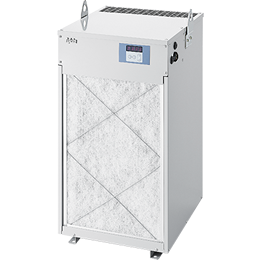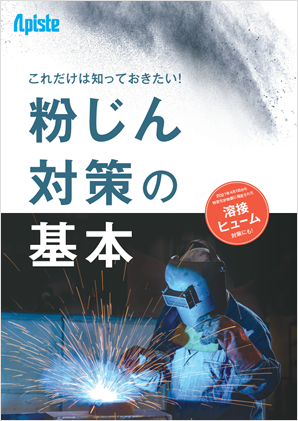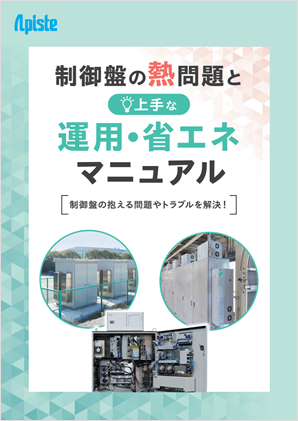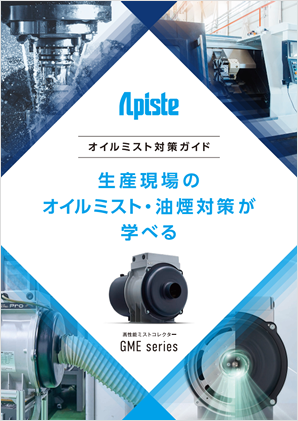Technical Information
1-6. Dust explosion
What is a dust explosion?
When a certain concentration of flammable solid particles are suspended in the air and an ignition source such as a spark is present, the particles ignite and explode.Dust explosions can pose a risk of exacerbating the accident, as the blast wave can raise unburned dust particles, which can then ignite and cause a secondary explosion.
The finer the dust particles, the less energy is required to ignite them, and the greater the surface area per unit weight and the greater the area in contact with air, the faster the oxidation rate and the greater the risk of explosion.The increased risk can be said to be approaching an explosive gas state, and the limit for the size of fine dust that can cause a dust explosion is said to be 100 to 0.1 microns.
Highly explosive dust
- magnesium
- aluminum
- titanium
- zinc
- Epoxy resin
- Grains
- toner
- Other combustible dust

Three elements of dust explosion
Dust explosions can be controlled if even one of the three factors can be controlled.
The three elements are as follows:
- Dust above the lower explosive limit
- Minimum ignition energy (presence of ignition source)
- Oxygen in the air
Explosive limit concentration
For dust to explode, it must be within a certain range of dust concentration in the air and there must be an ignition source present. The limit of this dust concentration range is called the explosive limit concentration.
For example, if a single dust particle reacts with oxygen in the air due to ignition energy and burns, this particle will act as a heat source, reacting with the heat of adjacent dust particles, causing a chain reaction of combustion. In this case, the distance between dust particles must be below a certain value, and this minimum concentration per unit volume is the lower explosion limit.
In addition, as the number of dust particles increases, the oxygen decreases, and the concentration at which a chain reaction no longer occurs due to the cooling effect of the dust is called the upper explosive limit, and the range between these two limit concentrations is called the explosive range.
Previous item: 1-5. Regulations for the Prevention of Harm from Specified Chemical Substances
People who viewed this page also checked out these documents:
Inquiry
For product inquiries, quote requests, etc.
Please feel free to contact us.


